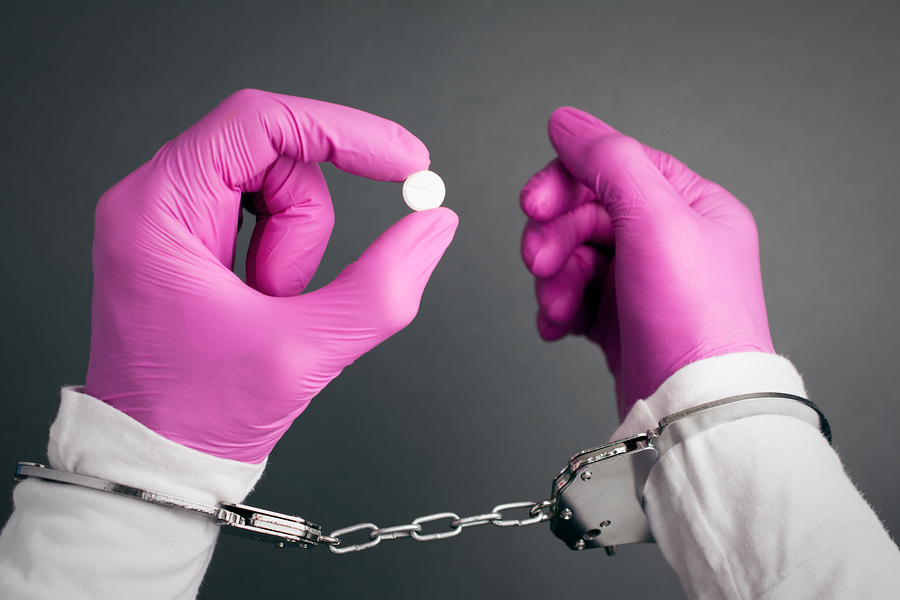The New York Times had this article over the weekend about New York’s decision to keep four prisons open despite the state having 9,000 fewer inmates than it did in 1999. Former Governor Elliott Spitzer planned to close the prisons and save the state $33.5 million. But Spitzer’s plan drew harsh criticism from republicans and the Corrections Association of New York. This week, the Legislature and Governor Patterson decided to keep the prisons open. Here are two quotes of note from the article:
From Senate Majority Leader Joe Bruno, addressing the Public Employees Federation union and the New York State Corrections Officers and Police Benevolence Association: “I am here saying to you, our crime rate is down … because we put people away.”
From Senator Michael F. Nozzolio, chairman of a committee that oversees crime and prisons: “What happens the next time — and there will be a next time — we have a crack epidemic? They’ll be double-bunked, they’ll be stuffed into the medians, and we’ll have another prison riot on our hands.”
I encourage Senator Bruno to have one of his staffers take a long, hard look at recent studies on the correlation between incarceration and lower crime rates. A good place to start would be this short piece recently published by the Pew Public Safety Performance Project. Dr. Alfred Blumstein, professor at Carnegie Mellon University and Director of the National Consortium on Violence Research had this to say:
The Crime Drop in America includes two papers, by Richard Rosenfeld and William Spelman, that used very different analytic approaches to estimate the effect of incarceration on the 1990s crime drop, and both estimated that incarceration contributed about 25 percent to that drop. Thus, there is little question that incarceration can contribute to crime reduction, but rarely as much as its advocates claim.
Regarding Senator Nozzolio’s comments, I’d like to know how much money the state should spend waiting for “the next … crack epidemic.”
